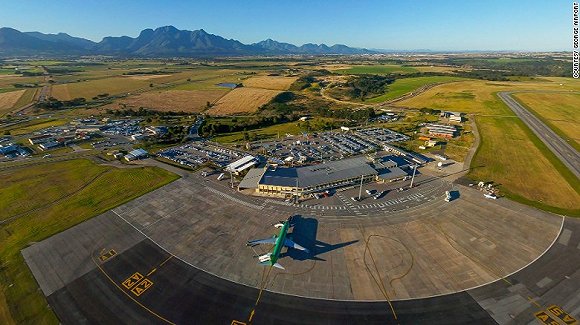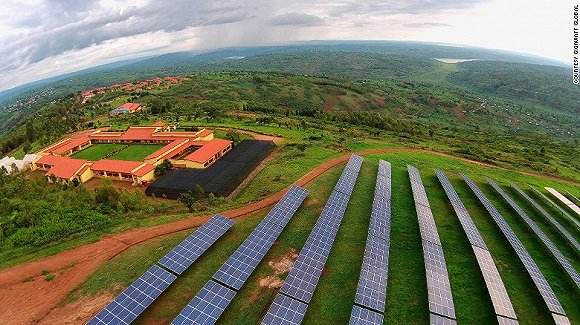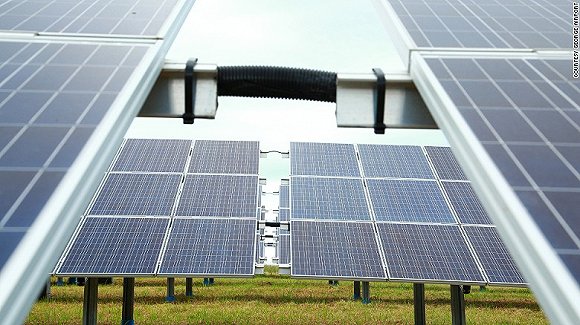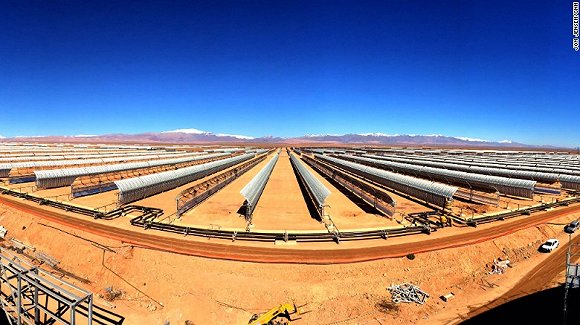USTDA and Power Africa for Solar Energy Storage in Africa

South Africa George Airport is the continent's first solar airport, India's Cochin Airport is the world's first pure solar power supply airport.

The George Airport project is funded by a total of $ 23,700,000 for the International Partner Alliance, which is responsible for project implementation. Former US President Barack Obama had hoped to improve Africa's electricity situation.

Thanks to the opening of the solar power station, it helped solve 45% of the demand for electricity from George Airport

The George Solar Airport is a dual energy airport that Africa has built heavily in recent years. The solar power station that supplies electricity to the airport will realize all the electricity demand in the airport in 2018
Africa’s first utility-scale battery storage installation has been agreed upon this week thanks to the U.S. Trade and Development Agency (USTDA) and Obama’s Power Africa Initiative.
$1.1 million were set aside for an upcoming solar energy storage facility in Kenya. The funds are being allocated to Xago Africa, a company known for the development of sustainable energy and infrastructure projects in Africa. Xago Africa will be aided by Alevo, a North Carolina based grid-scale energy storage provider. The project will consist of a 40-MW solar farm facility to regulate energy distribution in Siaya County.
Renewable energy and energy storage projects like this one have the potential to increase the reliability of Africa’s power grid. Xago and Alevo’s work should increase energy efficiency in the region as well. Additional benefits of the USTDA project include expanding Kenya’s horizons in terms of energy storage capabilities and energy reliability.
The USTDA is also working to assist other energy projects in Africa. The group has awarded Power Africa with a grant aimed at developing 25 solar microgrids throughout Nigeria. The installation of these microgrids is projected to produce 5 MW of power for the residents of the region. Not only will these installations make great progress in bringing energy to the rural region, but they will also aid in collecting data for a study that will be conducted about energy for rural regions. Understanding this data will assist companies and organizations in understanding how to serve the electricity needs of rural regions.
To meet the needs and resources of the rural communities, customers will pay for the use of the microgrid installations through the use of pay-as-you-go technology. Because many customers do not have the cash up front to make the payments, pay-as-you-go options will enable residents of these rural regions to become involved in the electrification process more quickly than they would have been able to before.
Solar energy in Sub-Sahara Africa is being viewed as an extremely lucrative opportunity for companies involved in the industry. There are about 660,000 African residents who lack access to electricity. Companies are attracted to the region as a major emerging player on the stage of the power market. As you can see, the U.S. has taken an interest in aiding this process through its funding and support initiatives through the USTDA and Power Africa Initiative. Project opportunities on the continent range from large-scale grid operations to power urban areas to small-scale solar, microgrid projects aimed at powering refrigerators.
Private investors are not the only party poised to benefit from the energy storage projects being proposed. The African countries themselves are being positioned by U.S. agencies involved in the projects to reap the benefits and capitalize on the large potential energy market that is present in Kenya, Nigeria, and nearby regions.
All of the parties involved, such as the USTDA, Power Africa Initiative, private investors, and African governments, share the same goal. To power the region of Sub-Sahara Africa with increased reliability, availability, and efficiency, while capitalizing on one of the largest emerging power markets in the world.













